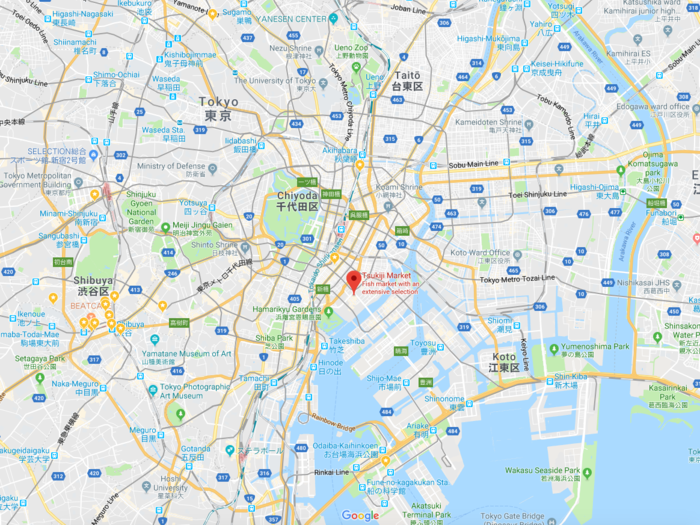





Source: Tsukiji Fish Market




Source: CBSNews

Source: The Guardian, CBS News


Source: 60 Minutes

Source: Reuters, Tokyo Cheapo, CBSNews

Source: Reuters

Source: Business Insider



Source: CBSNews




 Having an regional accent can be bad for your interviews, especially an Indian one: study
Having an regional accent can be bad for your interviews, especially an Indian one: study
 Dirty laundry? Major clothing companies like Zara and H&M under scrutiny for allegedly fuelling deforestation in Brazil
Dirty laundry? Major clothing companies like Zara and H&M under scrutiny for allegedly fuelling deforestation in Brazil
 5 Best places to visit near Darjeeling
5 Best places to visit near Darjeeling

Copyright © 2024. Times Internet Limited. All rights reserved.For reprint rights. Times Syndication Service.